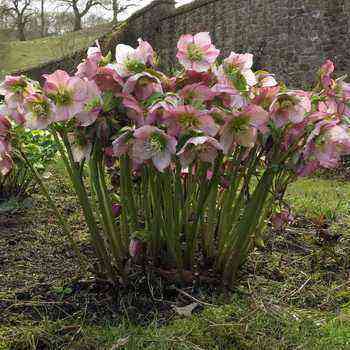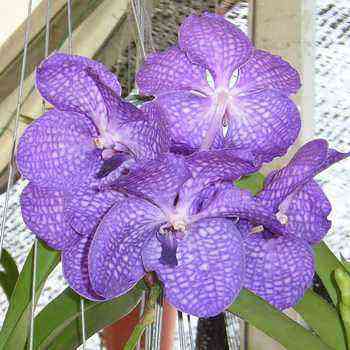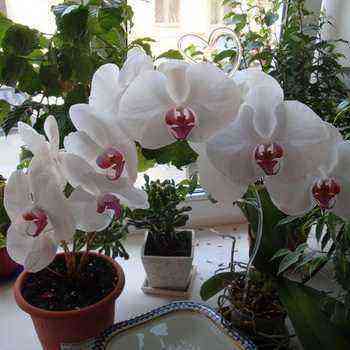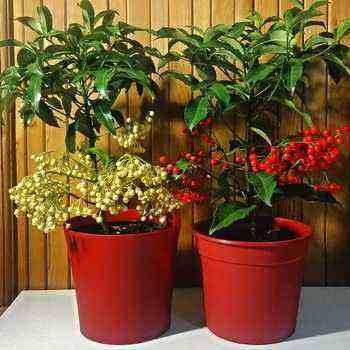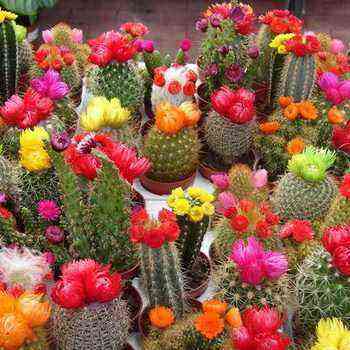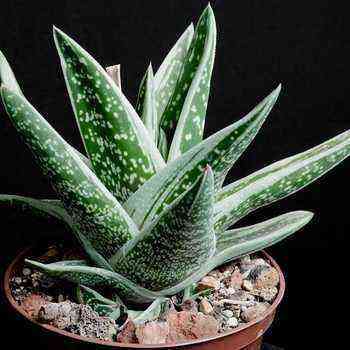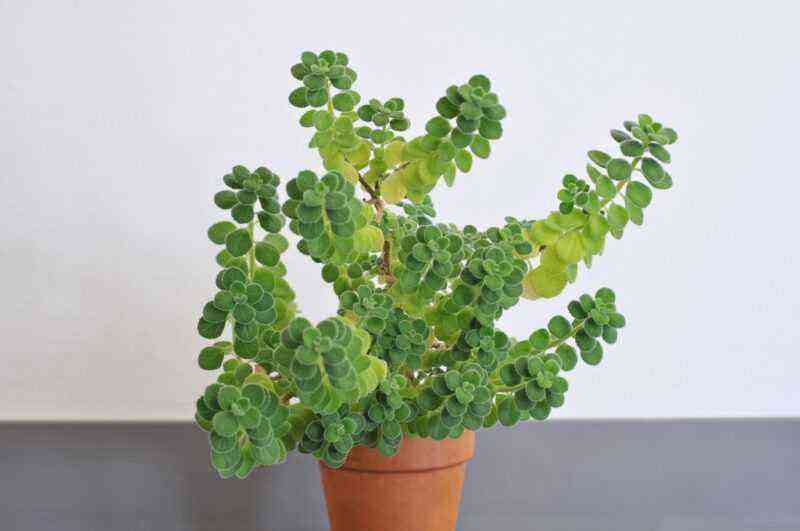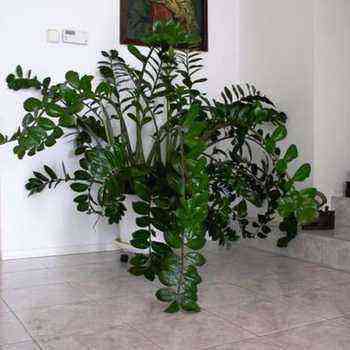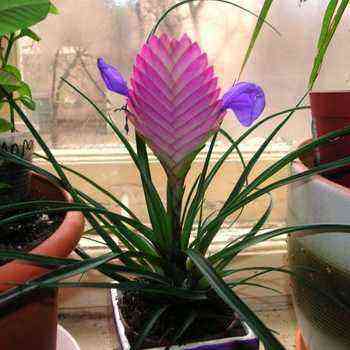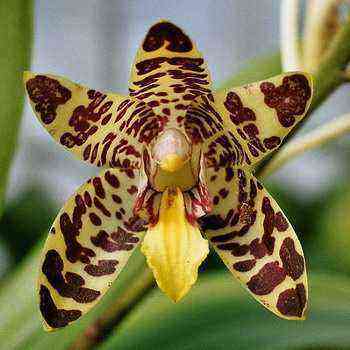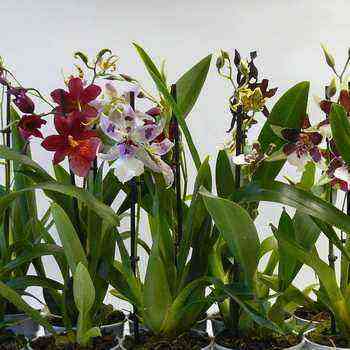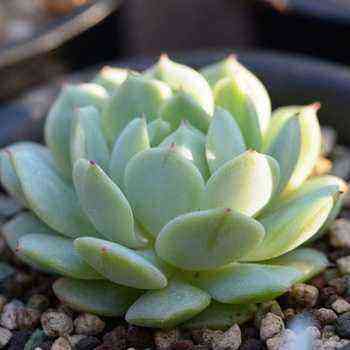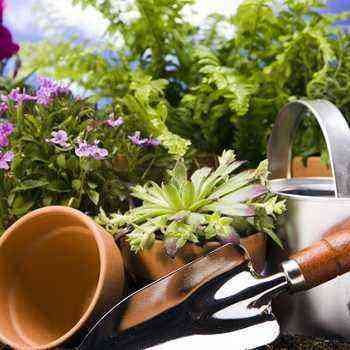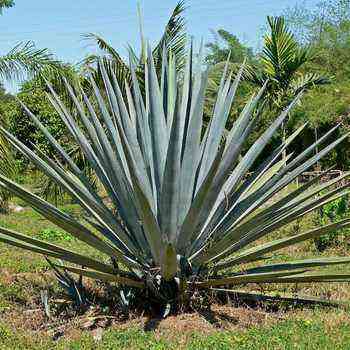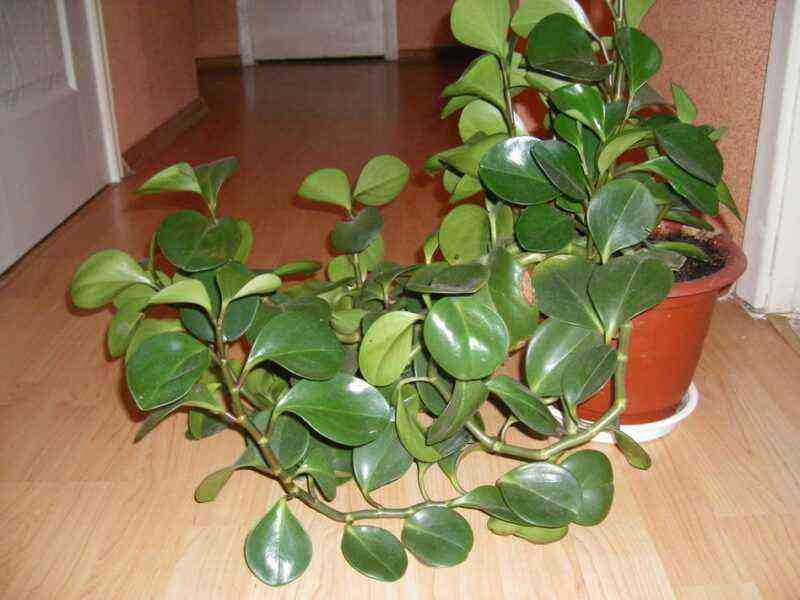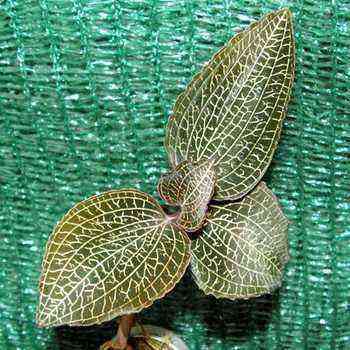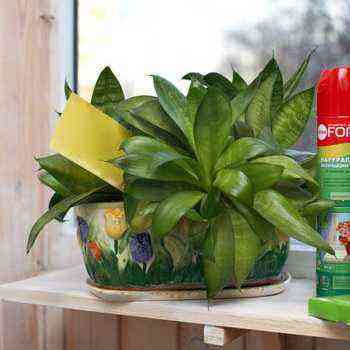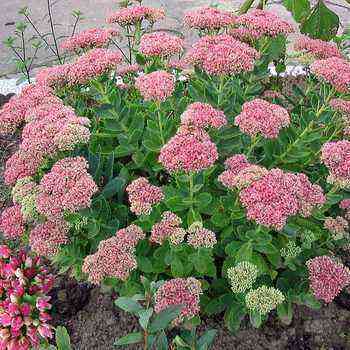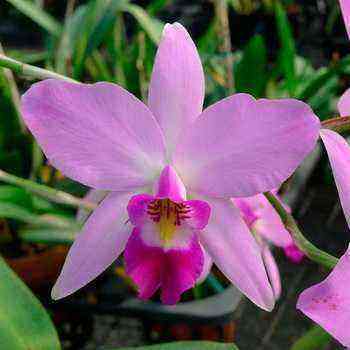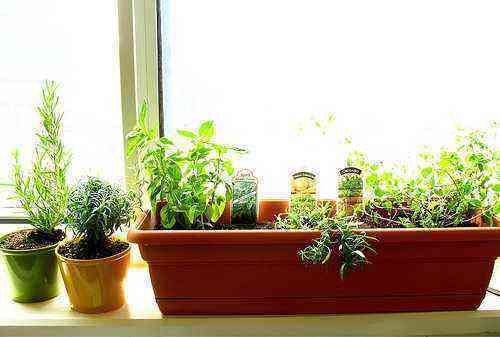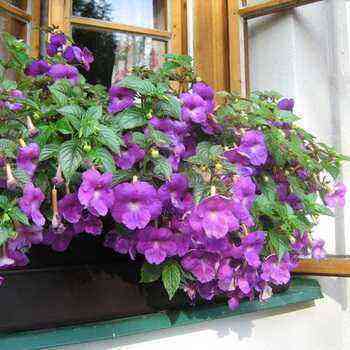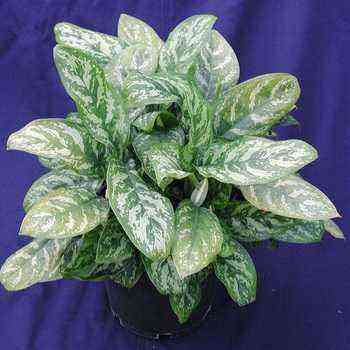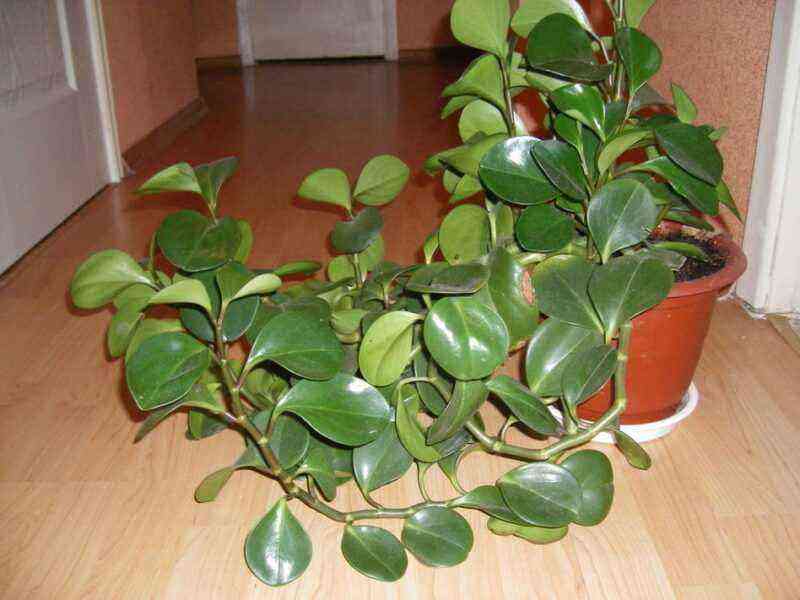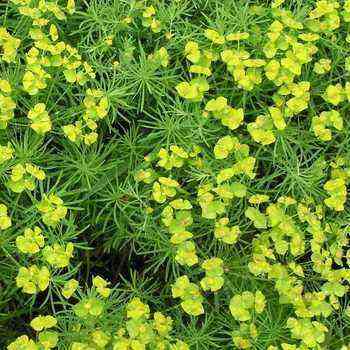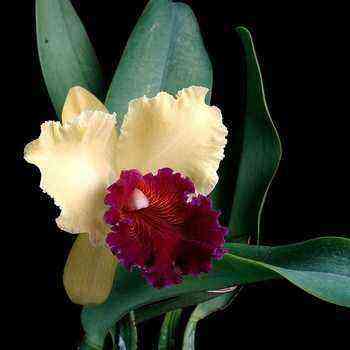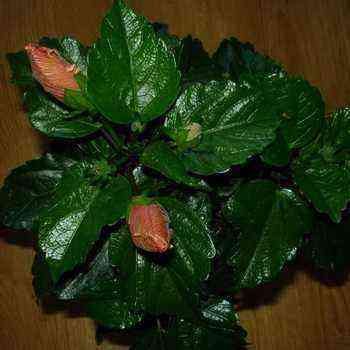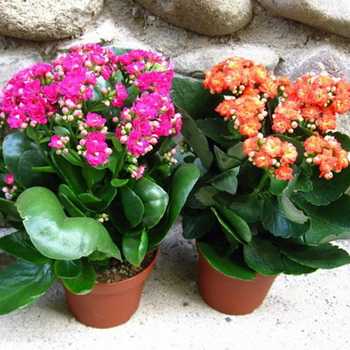 At home, Kalanchoe behaves more capriciously in comparison with pelargonium, but it does not cause trouble at all when compared to begonia. Kalanchoe (Bryophyllum) does not like direct sunlight, although it has nothing against diffused bright lighting. There are not as many Kalanchoe species as begonias, but still, flower growers have plenty to choose from.
At home, Kalanchoe behaves more capriciously in comparison with pelargonium, but it does not cause trouble at all when compared to begonia. Kalanchoe (Bryophyllum) does not like direct sunlight, although it has nothing against diffused bright lighting. There are not as many Kalanchoe species as begonias, but still, flower growers have plenty to choose from.
You will receive the names of Kalanchoe species with photos and recommendations for transplanting these plants on this page. You will also learn how to care for your homemade Kalanchoe (bryophyllum) and what is its energetic effect.
Family: Crassula, flowering, deciduous, ornamental, photophilous
The Kalanchoe genus includes about 200 different species of upright and creeping shrubs and shrubs with fleshy succulent leaves.
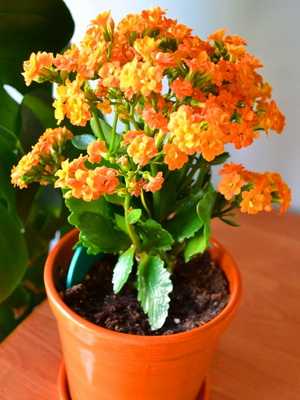
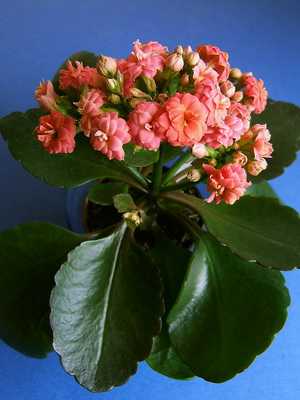
Most common Kalanchoe Blossfeld (Kalanchoe blossfeldiana) – a branching medium-sized plant with large leaves with a wavy edge and a red border. In indoor floriculture, it is recognized for its dense corymbose or racemose inflorescences of bright four-petal flowers.
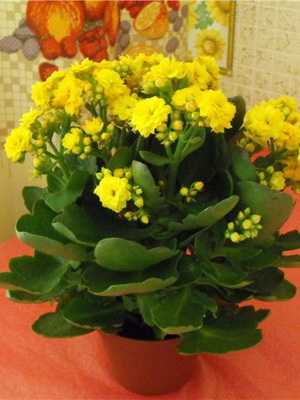

Blossfeld Kalanchoe bloom begins in February and lasts more than a month. Cut inflorescences do not wither in water for 10-12 days.

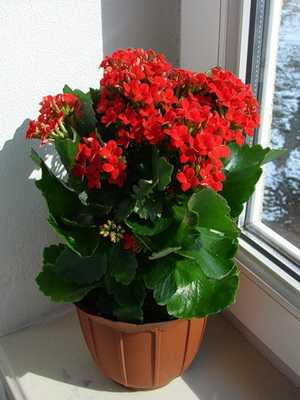
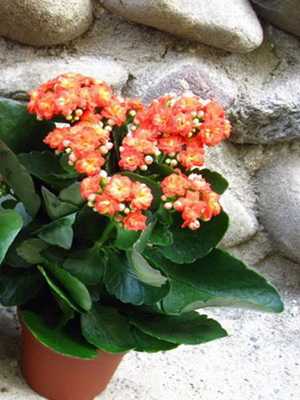
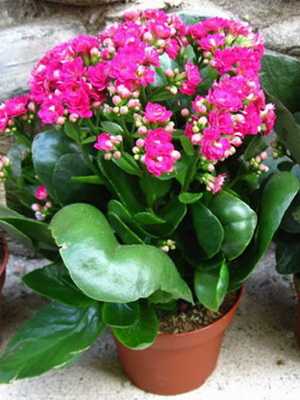
There are varieties with yellow, orange, red, pink and white flowers. This plant is often presented as a “living bouquet” for the winter holidays.
Kalanchoe (bryophyllum) species
Less common are other, no less beautiful species, for example:
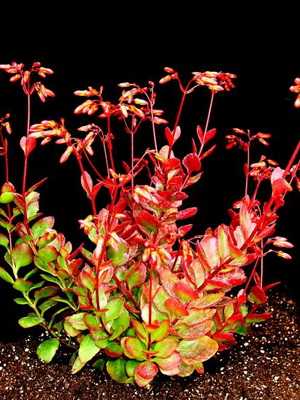
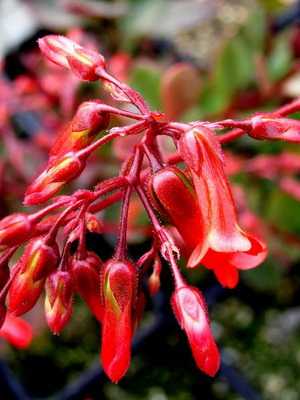
Kalanchoe “Tessa” (Kalanchoe “Tessa”)blooming in spring with spectacular bell-shaped flowers of pink or peach color, hanging on thin stems.
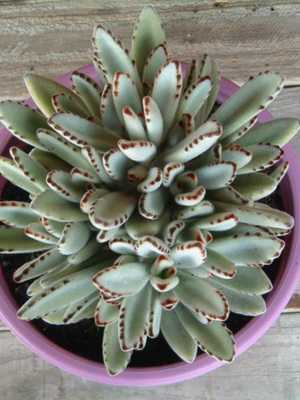
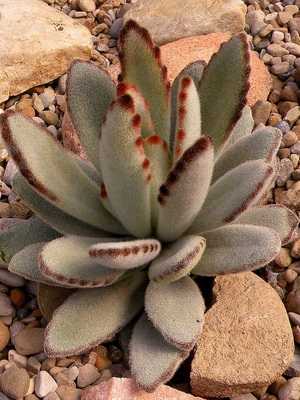
Pay attention to the photo Kalanchoe species “Cat ears” (Kalanchoe tomentosa) – it is named for its pubescent lanceolate leaves with rusty brown tips, almost white in the shade and dark brown if the plant grows in the sun.
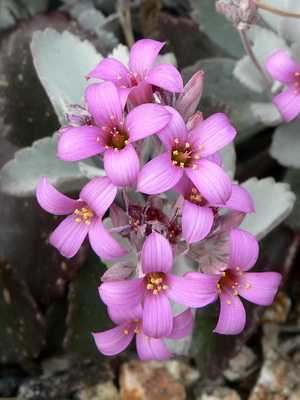

For ampel compositions, you can use Kalanchoe dwarf (Kalanchoe pumila) with thin drooping shoots and peduncles curved at the ends with purple flowers or Kalanchoe millotii. The leaves of this Kalanchoe are covered with the finest velvety hairs.
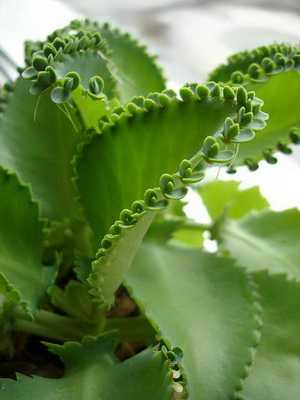

Bryophyllums differ from Kalanchoe in less lush flowering and an amazing ability to form daughter rosettes of leaves with roots between teeth on the leaves of the parent plant. Falling down, they take root easily.
Bryophyllum species are distinguished by varied, often very decorative foliage.


So, u bryophyllum serrated (Bryophyllum serrata) leaves are dark green narrow with teeth along the edge.
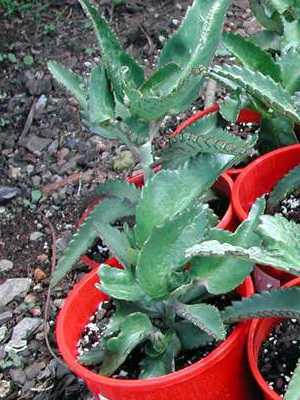
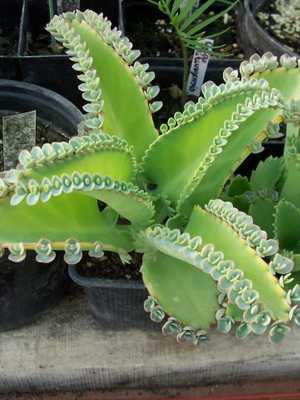
The most common bryophyllum Degremon (Bryophyllum daigremontianum) – elongated, narrow ovate with purple spots on the underside, curling in length with age.

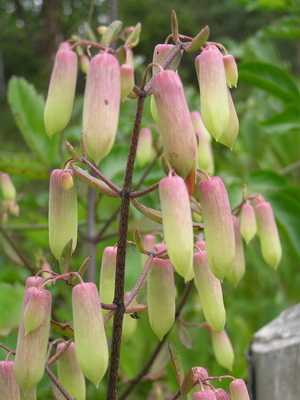
Bryophyllum cirrus (Bryophyllum pinnatum) has simple, oval, crenate lower leaves and odd-pinnate upper leaves.
Kalanchoe is popularly called the “tree of life” or “indoor ginseng” for the medicinal properties of the juice – anti-inflammatory, antibacterial and wound healing (only leaves of bryophyllum plumose and bryophyllum Degremon are used), as well as pronounced phytoncidal activity – in the room where Kalanchoe is located, there is a decrease in the number bacterial infections, fungal spores and even viruses.
Growing and transplanting Kalanchoe at home
Caring for Kalanchoe at home involves bright lighting, but not placement in direct sunlight. The optimum temperature for plant development is + 15 … + 20 ° C, in winter it is not lower than + 10 ° C, it easily tolerates large temperature drops (from + 18 ° C to + 28 ° C), therefore it is often used to decorate verandas, balconies , in open ground flower beds. They are fed once a month with fertilizers for cacti and succulents. Transplanting Kalanchoe at home is done annually, using a soil mixture of sod and leafy soil and sand (3: 2: 1). Propagated by seeds, cuttings and brood buds (viviparous species).
How to care for your home kalanhoj (briofullyum)
When caring for Kalanchoe (bryophyllum), remember that this is a short-day plant, therefore, for re-flowering, it will be necessary to clearly limit the daylight hours from November to the appearance of buds to 8 hours (for the rest of the time, the bush is covered with a dense paper cap). When growing Kalanchoe at home, the plant is watered abundantly in summer, but letting the land dry completely between waterings, in winter – rarely, do not spray. Dust from the leaves is wiped off with a damp soft cloth.
Energy impact of Kalanchoe
The energetic effect of Kalanchoe has much in common with the energy of aloe, but it is considered more “urgent” – a flowering plant can quickly correct a rather difficult situation, but its effect will not last long. Therefore, such “live bouquets” can be placed in any area of the house that needs energy correction.


